Trigger Warning: This is a review of the book ‘The Hijab: Islam, Women and the Politics of Clothing’ and it mentions Islamophobia, sexual harassment and bullying.
“I know the havoc a covered face can cause. A naughty prank, a childish dare can become a source of a tragedy only because of the naqaab. I see more burqas than I did in my childhood. I know I lose each and every battle. But I also know that the war must go on.”
The collection of essays, titled The Hijab: Islam, Women and the Politics of Clothing edited by P.K. Yasser Arafath and G. Arunima closes with the above excerpt from Noor Zaheer’s short story “The Covered Face” among other essays. The story of an old man persisting to stay in the premises of a university town in a Muslim locality, regularly attending the Friday prayers and openly countering the Khutba, contradicting the speakers of all Jamaat gatherings, taking over the meeting and especially talking to the women and openly criticising the diktats of Islam.
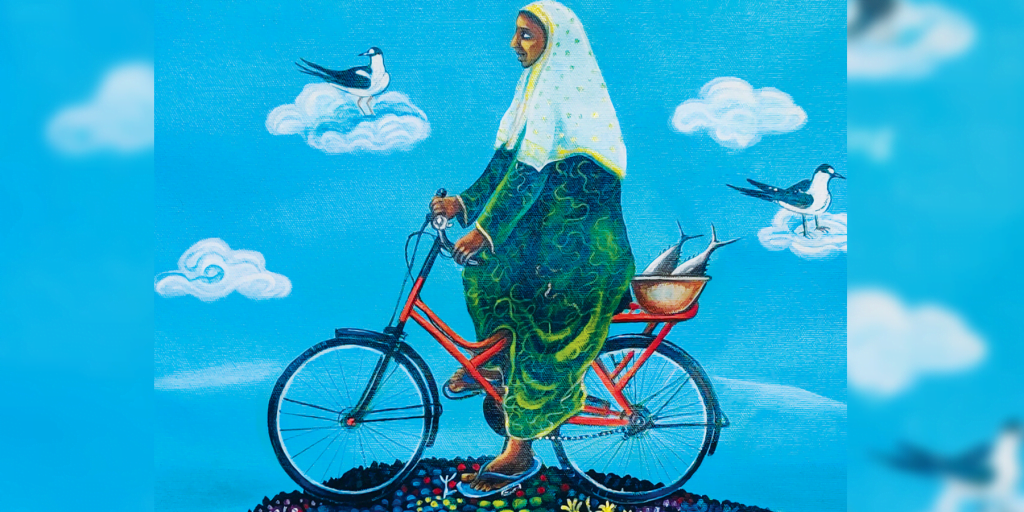
The old man reasons these behaviours when interestingly questioned along the argument for democracy by a younger chap – “Why do you have to force your belief on others?”. This case for democracy however soon crumbles as the story unfolds when we learn the old man in his late teenage has physically assaulted his sister in the burqa mistaking the colour and style of the burqa to be of someone else. Repentance and remorse of the young adult boy have grown to the old man here to talk against the covered face while effacing the naughty prank and childish dares of young boys coming together.
The collection is a run between the political and personal, foregrounding Muslim women and the hijab in consequence of each other or as entries within a political history of turbulent times in contemporary India. The collection is perhaps not offering answers but rather a compilation of varying concerns and questions emerging from the hijab- to ask what it means to veil/unveil as the most common of all to nuancing the political existence of Indian Muslim women critically understanding the genres and vocabularies of framing these questions.
Divided into five parts, the collection opens by situating the context and questions of the hijab ban in pushbacks of conversations on secularism and its difficult gesturing to accommodate “uniformity” ahead of all diversities possible. This idea of unity is a strange quality of our times which coerces diversity as differences and thrusts for sameness by positing the different ways of being (here, in the hijab-wearing student in the classroom) as an unlikeable, unwelcome presence in the context of Karnataka’s hijab ban.
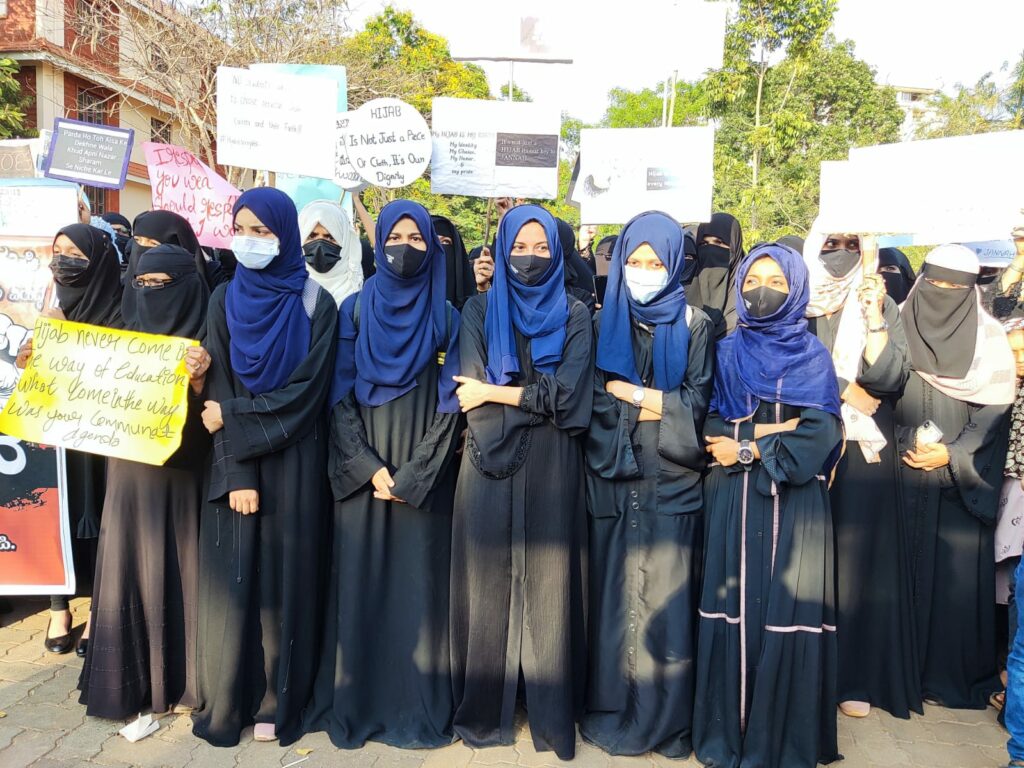
This naive imagination of crafting uniformity through uniforms in classrooms where we know uniforms reveal a pattern of socio-economic differences across schools and this pitting of a dress is only to cover the disparities is reiterated through various contributors to the volume. Micromanaging of young minds and the task of controlling uniforms in the language of discipline in gendered spaces in schools are issues that leave the debate of disparities as soon as the critique of secularism and religious question enters these institutions.
This discussion on the state of uniforms in the first section extends us to think of hijab among others as a form of symbolic clothing easily possible for accommodation in educational spaces but here wrapped in spite of hate propaganda and minority bashing of the Hindutva project of exclusion.
In “Politics of Hijab”, Hilal Ahmed mentions the insufficiency of terming these events as Islamophobia as the Indian context is an ambiguous, incoherent set of contextually appropriate assimilation or negation of minority identities as it fills their practices for constant “Indianisation, Hindu pride, cultural nationalism, Rashtriya Suraksha, Swadeshi” among others. The same set of identities that are targeted for their differences is welcomed to be part of a cultural Hindu festivity celebrating the Hindu Bharat.
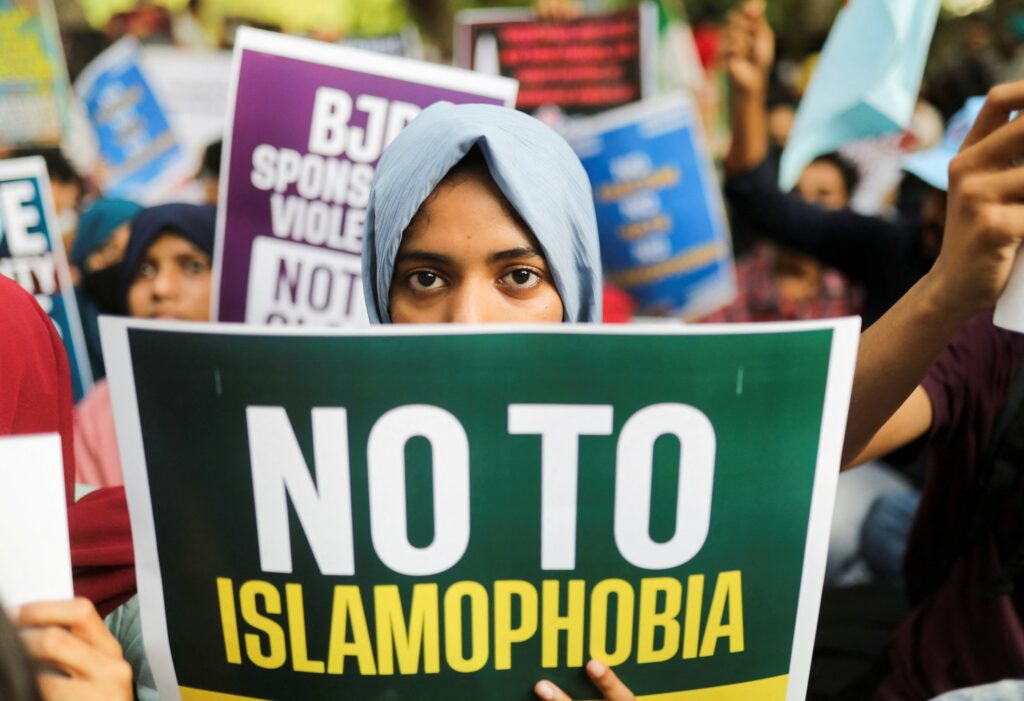
In an essay discussing the idea of tolerance and toleration through hijab and beef ban, Tanweer Fazal understands tolerance as a value, a matter of personal orientation and moral make-up while toleration is a constitutional principle, a part of statecraft and legal order.
The story of these bans in current times in the name of secularism at one level isolates terrains of agency or choice in practising hijab, as expressions of toleration find their ground to interpret if hijab is essential to religion or not (referring to the first court judgement on the case). Similarly, it essentialises a principle of no harm in the beef ban as it claims the ban to be an exercise of the secular – “promoting animal husbandry and milk production for instance, and not faith in the sacredness of the cow”. It takes off the entire list of loss of livelihood and integrative, recuperative challenges in conditions of the ban to the front. This dialogue of toleration which rests in an ideal, directive world making for specific concerns translating to a ban not only harms another set of citizens but is built in absences imagining variances and alternate state actions of opening questions as opposed to closing them via bans.
The neo-hijabi of post-Mandal India is discussed by P.K. Yassar Arafath to narrate the story of Muslim women’s bodies as a site of political and ideological contestation in the modern world. The claim of sartorial assertion by young Muslim women humiliated in cultural hegemonies of everyday violations in state institutions and much as the everyday is central to the essay. It identifies neo-hijabis as an important category of emancipation and empowerment in public spaces but how do we locate the tensions that have brought forth these assertions and what is the cost laid on it?

The embrace of public visibility opens interesting questions about their associations and meanderings in the modern world and the fashioning of models to respond to religious and nationalist patriarchies over their heads.
Contesting the efforts for making a “uniform” nation and laying down the history of these efforts, G. Arunima brings the debates on the Uniform Civil Code among other forms of Sangh’s political agenda to context. The necessity to read these together and to reflect on their flawed idioms of justice, unity and equality while ignoring the “deeply skewed and asymmetric access to constitutional and other legal provisions” is highlighted.
Contesting the efforts for making a “uniform” nation and laying down the history of these efforts, G. Arunima brings the debates on the Uniform Civil Code among other forms of Sangh’s political agenda to context. The necessity to read these together and to reflect on their flawed idioms of justice, unity and equality while ignoring the “deeply skewed and asymmetric access to constitutional and other legal provisions” is highlighted. Resistance towards attempts to homogenise the population under garbs of uniform or equality is the need of our times when we witness everyday erasure of our pasts in textbooks as in the manipulation of state-sanctioned language.
The third section is a set of ethnographic and life writings addressing the hijab and hijabi in cultures of sartorial belonging in India. Writing on how purdah enabled Muslim women’s social engagement by offering a thick description of Muslims in Malabar, Shilujas traces the changing meanings of purdah as a cover, shield, ornament, dress or identity across socio-economic differences in the region.
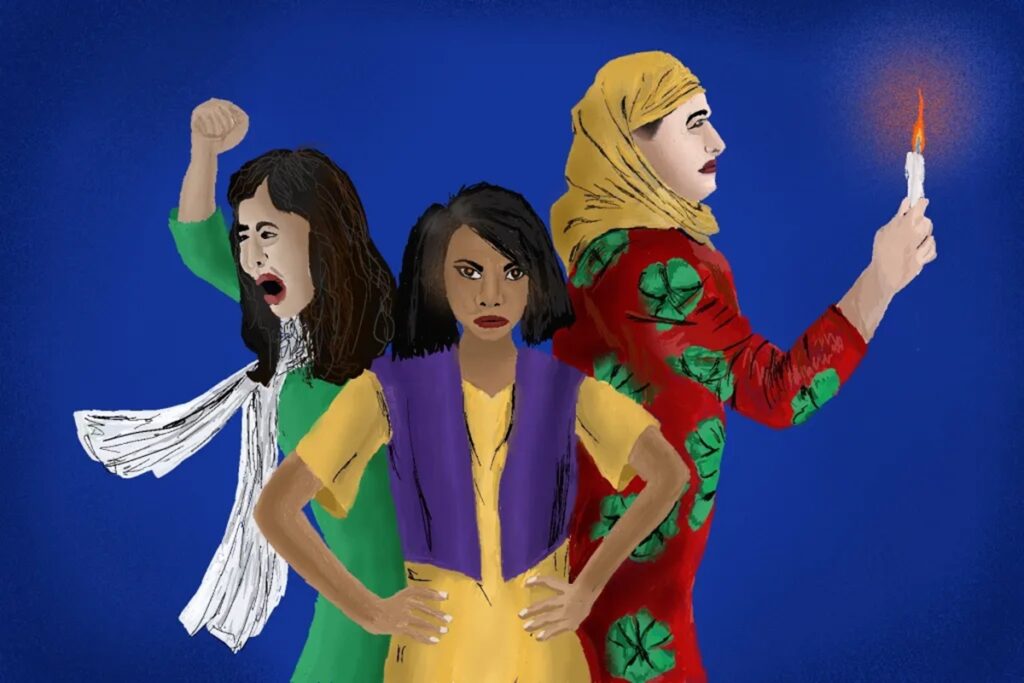
Sweta Dutta’s notes from a classroom in Delhi NCR, its innate political nature and inescapable questions of India as a democratic, secular republic are pitched to the possibility of envisioning classrooms to engage with the Indian constitution. We will have to ask what resources and spaces that our teachers will have to negotiate for this.
J. Devika’s reflections on the conflict of being Malayali and Muslim at the sight of hijab and its unsettling gaze towards the veiling among Malayali Muslim women opposed to the indigenous Malayali identity traces the history of Malayali women’s sartorial engagements and the politics of labelling the traditional. The Muslim women’s dress in Kerala and the rising voices for their preference to name it themselves needs to be registered for the coming together of oppressed subjects against forces of hate and hostility fomented by Hindu majoritarian positions for Devika.
Compiling articulations on many feminisms on the question of hijab, Noor Zaheer writes in veiling and unveiling in a patriarchal society where the onus of the debate is stuck on terrorising the community through its women who are left on themselves in the face of vengeance. The clear voices of Muslim women in the long history of feminist critique of cultural politics in India as Ghazala Jamil discusses discard the language of the “saviour complex” and narratives of oppression donned on Muslim women as passive entities by the colonial, upper caste or even liberal groups at play.
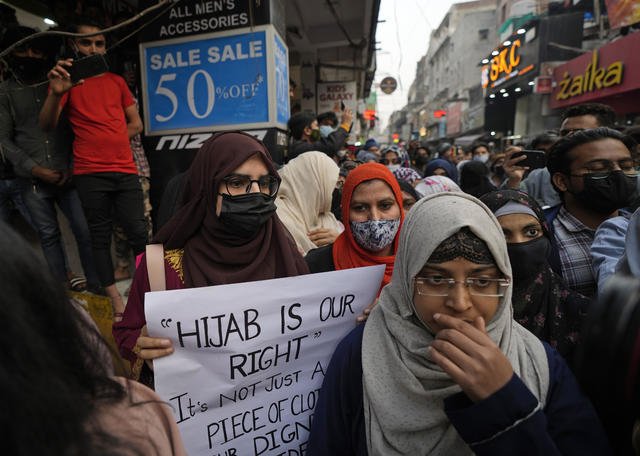
The complexity of engaging in political representation and gauging rights-based argument is pertinent for these challenging times as Jamil would reiterate to count the necessity of education for Muslim communities and Muslim girls in particular.
The right-wing protraction of hate and its work of associating gender within larger frameworks of majoritarianism, communalism and ultra-nationalism is countered in engagements of Sana Aziz and Simi K. Salim calls for equal access to public institutions without any fear and to overcome the life of not being at home for Muslim women in India, where they are constantly sexualised and bullied into a recent setup of bogus apps for auctioning them online to the larger threat and a building crisis for Indian secularism.
The right-wing protraction of hate and its work of associating gender within larger frameworks of majoritarianism, communalism and ultra-nationalism is countered in engagements of Sana Aziz and Simi K. Salim calls for equal access to public institutions without any fear and to overcome the life of not being at home for Muslim women in India, where they are constantly sexualised and bullied into a recent setup of bogus apps for auctioning them online to the larger threat and a building crisis for Indian secularism.
Simi further locates the dangerous turn on coopting a liberal, feminist vocabulary by the Hindu-right forces to legitimise their non-emancipatory, sectarian agendas and its call for moderate Muslims of their demand.
Concluding with a remark on the many forms that feminism can take and how feminism itself is a form of power, Dina Siddiqi raises the veil from the contexts of Bangladesh to understand the transnational iterations of the problematic of Muslim women’s subjectivity which undergoes the difficulty of essentialism as it travels. The need to account for “context and differences in political location among women rather than claiming unity through imagined sameness” in feminist solidarity practices is more than ever now.
The operation of power on Muslim women and how Muslim women across the globe negotiate with these forms of power are divergent as their responses are, the volume perhaps opens the turbulent times with compelling responses not to locate their righteousness but to enable ways of thinking and writing about difficult times.

The operation of power on Muslim women and how Muslim women across the globe negotiate with these forms of power are divergent as their responses are, the volume perhaps opens the turbulent times with compelling responses not to locate their righteousness but to enable ways of thinking and writing about difficult times.
A life worth dignity is imagined and constantly reiterated throughout the volume while it attempts to nuance the political arguments and socio-economic conditions of being a Muslim woman in contemporary India.
About the author(s)
Sulthana Nasrin is a reader and research scholar interested in print archives and questions of literacies. She loves to work with translations and poetry otherwise.




